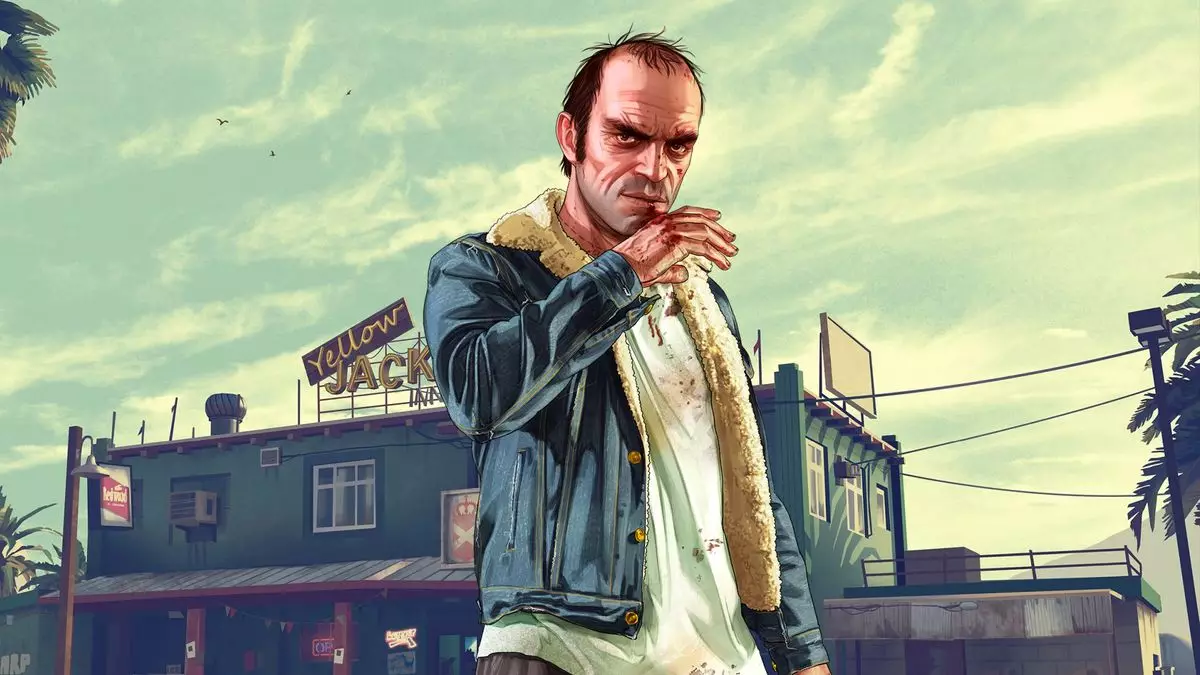Creating a successful sequel in the gaming industry is akin to walking a tightrope: developers must strike a delicate balance between innovation and maintaining the charm of the original. As franchises evolve, the pressure to deliver an experience that both honors its predecessor and resonates with new audiences increases manifold. The case of Grand Theft Auto V (GTA V) presents a fascinating study in how one studio tackled these challenges—Rockstar Games. With its game design philosophy centered on enhancing and expanding the world of its predecessor, Grand Theft Auto IV, GTA V managed to redefine expectations within the open-world genre.
Ben Hinchliffe, a lead designer at Just Add Water and a former Rockstar Games developer, revealed during a YouTube interview that the confounding complexity of gaming sequels often stems from their desire to remain true to the essence of the original while also venturing into new territories. From his perspective, the internal vision behind GTA V was straightforward: “Go bigger and better.” By focusing on enhancing what worked in GTA IV rather than reinventing the wheel, Rockstar calibrated its creative efforts to amplify existing gameplay mechanics and narrative depth.
Hinchliffe emphasized the importance of an all-encompassing improvement strategy. The development team honed in on refining even the minutiae of the game; from intricate vehicle dynamics such as suspension and cornering behavior to the responsive nature of NPC interactions, no detail was too small to enhance. This meticulous attention to detail stands as a testament to Rockstar’s commitment to creating a rich, immersive gaming environment that exceeds player expectations.
One of the most groundbreaking changes in GTA V was the integration of multiple protagonists. This innovation not only enriched the storytelling framework but also introduced a new layer of gameplay possibilities. Players could seamlessly switch between three distinct characters, creating a diverse narrative experience that reflected their choices. Hinchliffe articulated this approach as a pivotal shift, allowing for multiple endpoints and character interactions that made the game feel alive and interconnected.
The intricate character dynamics added depth to the overarching narrative and offered players unprecedented agency, reflecting the evolution of storytelling within the gaming landscape. By embracing various perspectives, Rockstar transformed the traditional single-character arc into a multifaceted journey that resonated with a broader audience.
GTA V’s accomplishments have set a high bar for future installments, particularly with the impending release of Grand Theft Auto VI (GTA VI). Discussions surrounding the rumored $2 billion budget hint at Rockstar’s determination to once again push the boundaries of what a video game can be. As fans eagerly anticipate the next chapter, the question remains: how can Rockstar possibly surpass the achievements of GTA V? With the foundation of a monumental legacy and the promise of innovation, the stage is set for another transformative experience in the world of gaming.
The development of GTA V serves as a reminder of the intricate balance required in creating sequels: honoring past achievements while continually challenging the status quo. The insights from Hinchliffe reveal a dedicated and thoughtful approach to game design—one that not only enhances gameplay but also celebrates the essence of gaming as a profound narrative medium. As we look to the future, the community watches in eager anticipation of how these lessons will inform the next installment of this beloved franchise.

